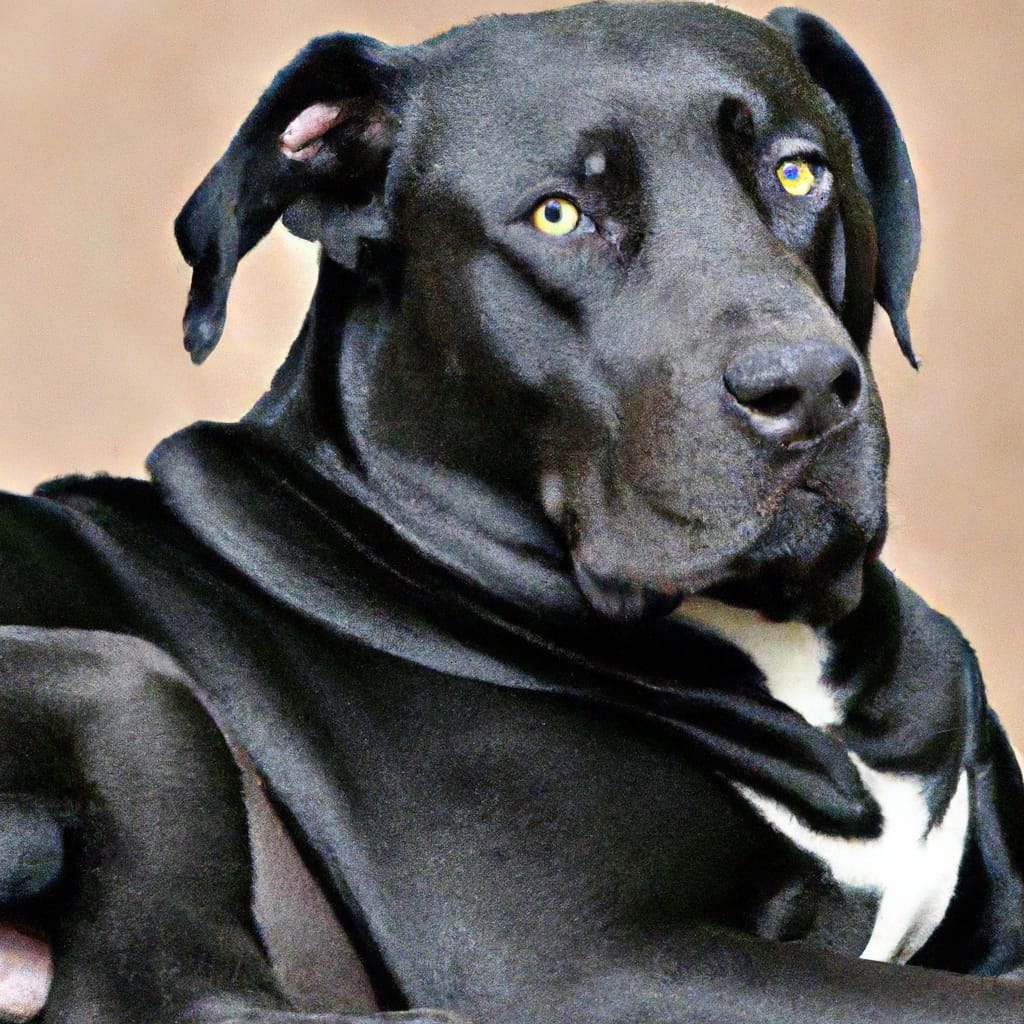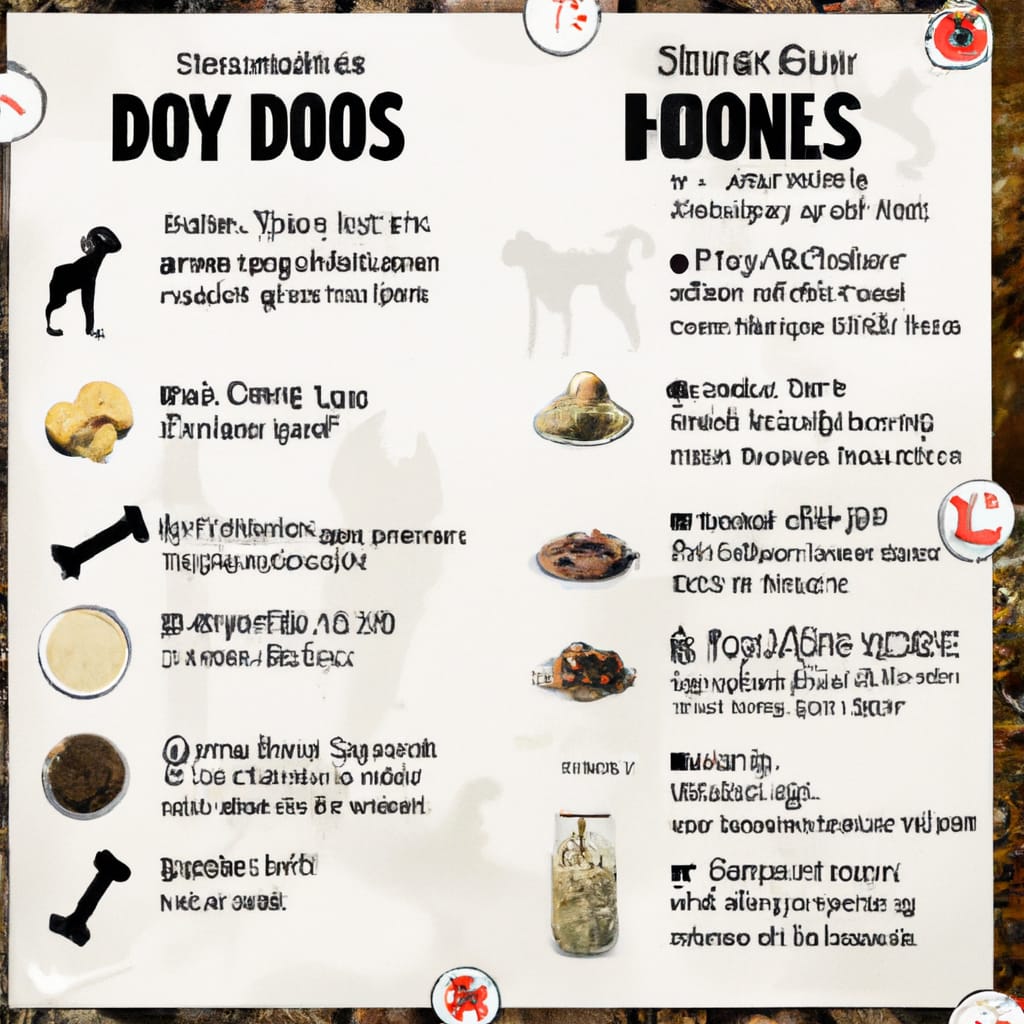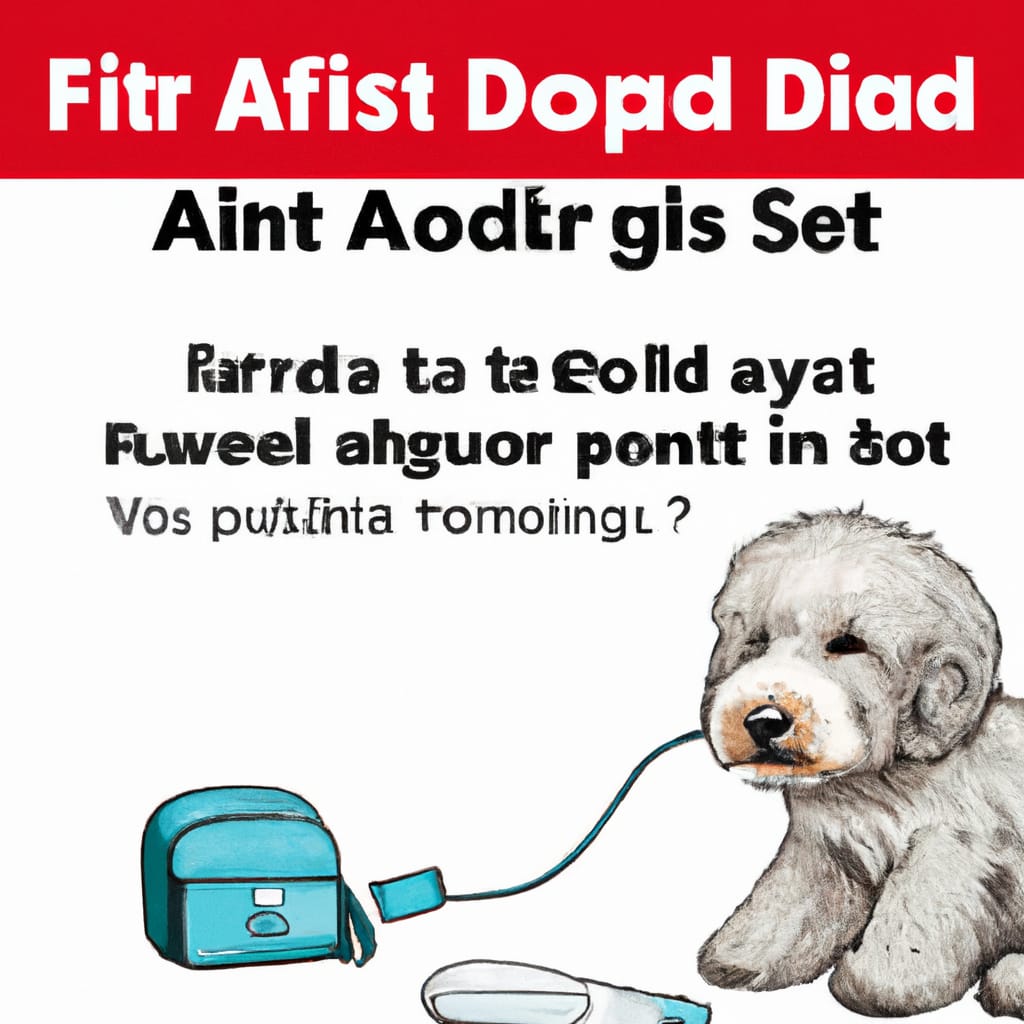Does Your Dog Have A Mast Cell Tumor?
If you’re a dog owner, you know how important it is to keep an eye on your furry friend’s health. Mast cell tumors are one of the most common types of skin tumors found in dogs, and it’s crucial to be aware of their presence. These tumors can vary in size and appearance, and they can be a cause for concern. In this article, we will explore the signs and symptoms of mast cell tumors in dogs, the diagnostic process, and the available treatment options. By familiarizing yourself with this information, you can ensure that your beloved pup receives the necessary care and attention if they have a mast cell tumor.

Understanding Mast Cell Tumors
What are Mast Cell Tumors?
Mast cell tumors, often referred to as MCTs, are one of the most common types of skin tumors found in dogs. These tumors originate from mast cells, which are a type of white blood cell responsible for the body’s allergic reactions. While mast cell tumors can occur in any breed, certain dog breeds such as Boxers, Bulldogs, and Golden Retrievers are more prone to developing these tumors.
Causes of Mast Cell Tumors
The exact cause of mast cell tumors in dogs is still unknown. However, research suggests that genetic factors may play a role in their development. Additionally, exposure to certain environmental factors or toxins could increase the risk. Further studies are being conducted to gain a better understanding of the underlying causes of mast cell tumors.
Symptoms of Mast Cell Tumors
Detecting mast cell tumors early is crucial for successful treatment. Some common symptoms to look out for include:
- Lumps or bumps on the skin: These tumors can appear as raised, reddened, or ulcerated masses on the skin. However, not all skin lumps are cancerous, so it’s important to consult a veterinarian for proper diagnosis.
- Itching and scratching: Mast cell tumors can cause intense itching, leading to your dog scratching or licking the affected area excessively.
- Swelling and enlargement: If the tumor is located internally, it may cause swelling or enlargement of nearby organs or lymph nodes.
- Gastrointestinal symptoms: In some cases, mast cell tumors can lead to vomiting, diarrhea, or general gastrointestinal distress.
Diagnosing Mast Cell Tumors
Physical Examination
When you suspect a mast cell tumor in your dog, the first step is to bring them to a veterinarian for a physical examination. The vet will assess the appearance and characteristics of the lump. They may also check for enlargement of lymph nodes and evaluate your dog’s overall health.
Biopsy
To confirm the presence of a mast cell tumor, your veterinarian may recommend a biopsy. During this procedure, a small sample of the tumor will be collected and examined under a microscope. This analysis allows for more accurate identification of the tumor type and determination of its stage.
Blood Tests
Blood tests can help assess your dog’s overall health and check for any abnormalities that might indicate the presence of mast cell tumors. These tests may include a complete blood count (CBC), blood chemistry panel, and coagulation profile. While blood tests alone cannot definitively diagnose mast cell tumors, they provide valuable information to guide further diagnostic efforts.
Imaging Tests
Imaging tests such as X-rays, ultrasound, or CT scans might be recommended to determine the extent of the tumor, especially if it is suspected to have spread or if internal tumors are suspected. These tests can help identify the location of the tumor and any potential involvement of nearby tissues or organs.
Treatment Options for Mast Cell Tumors
Surgical Removal
Surgical removal is often the primary treatment for mast cell tumors, especially if the tumor is relatively small and surgically accessible. The goal of surgery is to completely excise the tumor along with a margin of normal tissue to prevent future recurrence. In some cases, advanced surgical techniques like Mohs micrographic surgery may be employed to ensure the best possible outcome.
Radiation Therapy
Radiation therapy may be recommended for mast cell tumors that cannot be completely surgically removed or if the tumor has a high risk of recurrence. Radiation therapy involves targeting the tumor with high-energy radiation to destroy cancer cells while minimizing damage to surrounding healthy tissue. It can be delivered externally or, in some cases, using internal radiation sources.
Chemotherapy
In cases where mast cell tumors have spread or are at high risk of metastasis, chemotherapy may be recommended to kill the cancer cells that could be present elsewhere in the body. Chemotherapy drugs work by selectively targeting and destroying rapidly dividing cells, including cancer cells. Your veterinarian will determine the most appropriate drugs and treatment protocol based on your dog’s condition.
Immunotherapy
Immunotherapy is a promising treatment option for mast cell tumors that aims to stimulate the body’s immune system to recognize and attack cancer cells. This form of treatment can help prevent tumor recurrence and slow down tumor growth. Immunotherapy options for mast cell tumors in dogs are still being researched and may be available through clinical trials or as part of a customized treatment plan.
Managing Mast Cell Tumors
Pain Management
Managing pain and discomfort is an essential aspect of caring for dogs with mast cell tumors. Your veterinarian may prescribe pain medication or recommend over-the-counter pain relief options suitable for your dog. Additionally, providing a comfortable and stress-free environment can help alleviate your furry friend’s discomfort during their treatment journey.
Supportive Care
Supportive care plays a vital role in managing mast cell tumors. This includes maintaining good nutrition, monitoring for potential side effects of treatment, and ensuring proper wound care post-surgery. Regular check-ups with your veterinarian will help monitor your dog’s progress and address any concerns promptly.
Monitoring and Follow-up
Regular follow-up visits with your veterinarian are crucial for monitoring the progress of the tumor and assessing any potential recurrence or new tumor development. Your vet may perform physical examinations, conduct blood tests, or recommend imaging tests based on your dog’s specific needs. Early detection of any changes can improve the chances of successful treatment.

Preventing Mast Cell Tumors
Regular Check-ups
Scheduling regular check-ups with your veterinarian is essential for early detection of any potential health issues, including mast cell tumors. During these visits, your vet will perform a thorough physical examination and may recommend additional tests if necessary. Proactive veterinary care can help identify and address any concerns before they escalate.
Preventive Measures
While there’s no guaranteed way to prevent mast cell tumors, certain preventive measures may help reduce the risk. Protecting your dog against excessive sun exposure, avoiding exposure to harmful chemicals or toxins, and maintaining a healthy lifestyle can contribute to their overall well-being and potentially lower the likelihood of developing tumors. Consult with your veterinarian for personalized advice tailored to your dog’s specific needs.
By understanding mast cell tumors, their diagnosis, and available treatment options, you can provide the best possible care for your furry friend. Consult with your veterinarian if you suspect your dog has a mast cell tumor, as early detection and intervention are crucial for a positive outcome. Remember, your veterinarian is your trusted partner in your dog’s healthcare journey.












